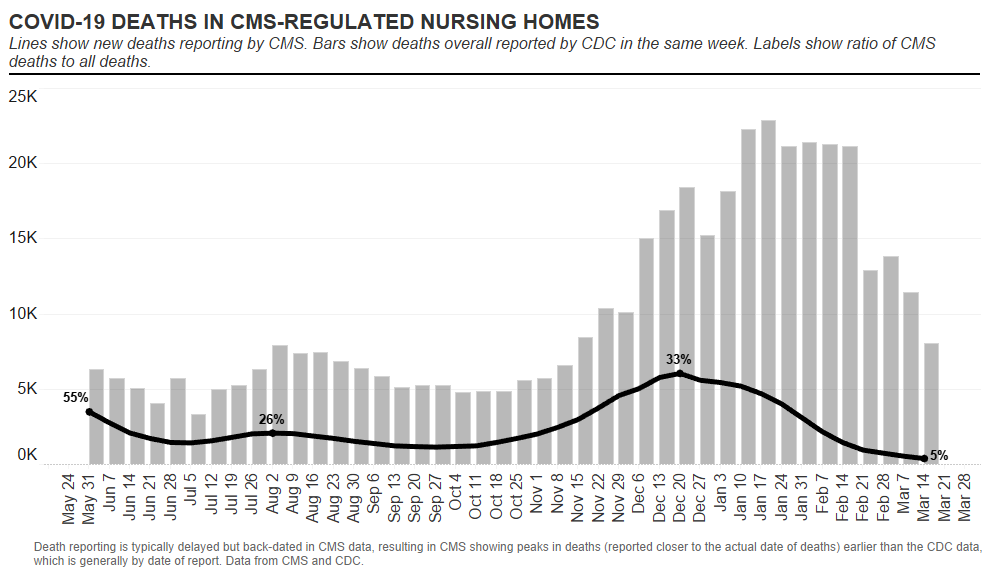
We try to provide the most comprehensive state-level coronavirus data. Housed at @TheAtlantic.
37 subscribers
How to get URL link on X (Twitter) App








 There had been some hopes that if we did see cases rise somewhere, hospitalizations would not follow because many vulnerable people have been vaccinated. But Michigan hospitalizations have increased 45% from their February low.
There had been some hopes that if we did see cases rise somewhere, hospitalizations would not follow because many vulnerable people have been vaccinated. But Michigan hospitalizations have increased 45% from their February low.
 The project was initially created to track testing. The first few days, states reported just a few thousand total tests. Today, states reported 1.2 million tests. The single-day high for the year was December 5 at 2.3 million. Cumulatively, we've tracked 363 million tests.
The project was initially created to track testing. The first few days, states reported just a few thousand total tests. Today, states reported 1.2 million tests. The single-day high for the year was December 5 at 2.3 million. Cumulatively, we've tracked 363 million tests. 

 Currently hospitalized is under 50 per million people in 8 states, up from only 2 states in early February.
Currently hospitalized is under 50 per million people in 8 states, up from only 2 states in early February. 


 Although holiday and storm-related reporting disruptions appear to have affected reported cases, tests, and deaths in recent weeks, the data does not currently suggest that case or death declines are reversing.
Although holiday and storm-related reporting disruptions appear to have affected reported cases, tests, and deaths in recent weeks, the data does not currently suggest that case or death declines are reversing. 